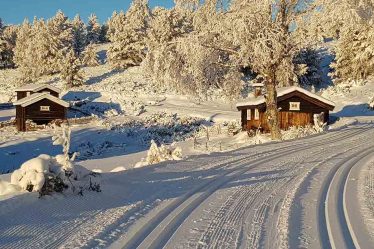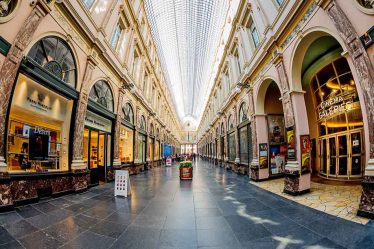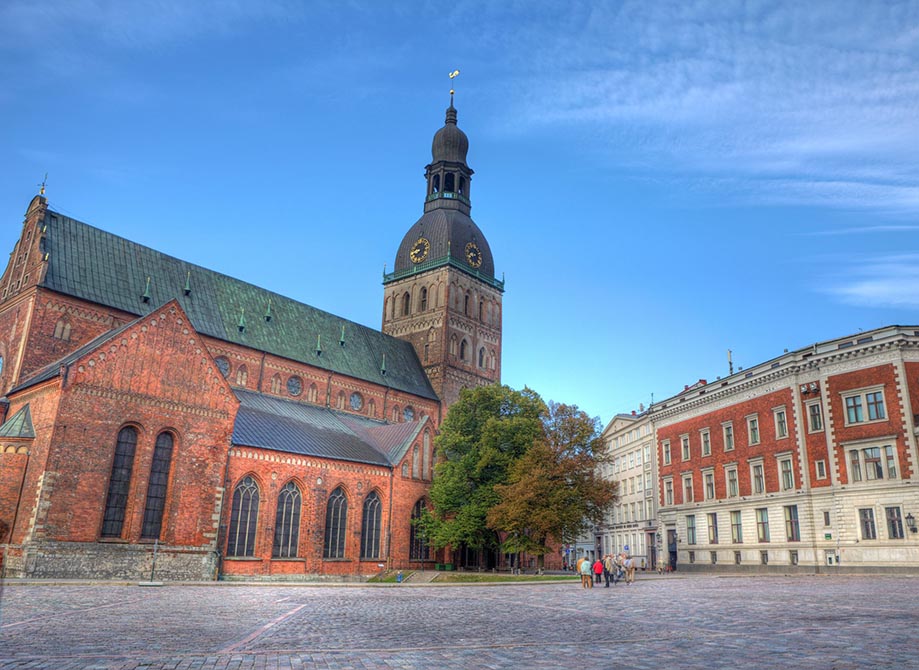
When I first arrived in Riga, Latvia’s charming capital, I had only one goal in mind: to explore a city that had long been on my travel wishlist—historic yet modern, compact yet layered with stories. I wasn’t prepared for just how much Riga would exceed my expectations.
As I stepped into the city center, the soft cobblestones beneath my feet and the whimsical architecture around me immediately made me feel like I was walking through a storybook. Riga is more than just a pretty old town—it’s a vibrant cultural hub brimming with life, beauty, and surprises at every turn. Here’s my personal guide to the classic sights and experiences that made my time in Riga unforgettable.
Old Town Riga (Vecrīga): A Living Museum
My journey naturally began in Vecrīga, the historic heart of the city. It’s a UNESCO World Heritage Site, and within moments of walking its winding streets, I understood why.
The architecture is a spellbinding mix of Gothic, Baroque, and Art Nouveau, with centuries-old churches and ornate facades lining the narrow alleys. Every building seemed to whisper tales from a different era. I spent hours simply wandering, letting the streets lead me.
Highlights here included:
- The House of the Blackheads: An iconic Gothic building with a flamboyant Dutch Renaissance facade. Standing in front of it, I marveled at its intricate details and imagined the merchants who once held feasts here.
- St. Peter’s Church: I took the elevator to the top of the tower, and the panoramic view over Riga was worth every second. From the red rooftops of Old Town to the Daugava River stretching out into the distance—it was breathtaking.
- The Three Brothers: Riga’s oldest residential buildings, each with a distinct architectural style. I loved the quaint, almost shy demeanor of these three houses nestled together.
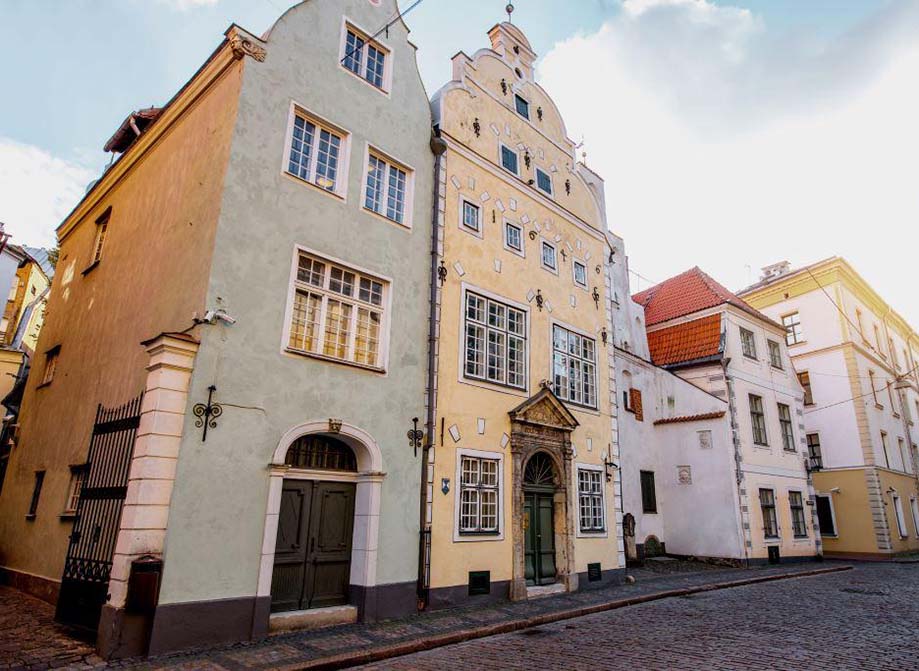
Riga Cathedral and Dome Square
Not far from the winding lanes, I reached Dome Square, the largest square in Old Town. This is where Riga pulses with life—street performers, cozy cafés, and crowds of both locals and tourists.
At the center stands the Riga Cathedral, also known as the Dome Cathedral. As I stepped inside, the air cooled and the silence felt sacred. The cathedral’s organ is one of the largest in the world, and though I didn’t catch a concert, I could almost hear its echoes as I stood beneath the soaring arches.
Outside, I grabbed a table at a café facing the cathedral and watched the world go by—cyclists weaving through, children chasing pigeons, and musicians playing gentle jazz. It was the perfect place to pause and soak in the city’s rhythm.
Art Nouveau District: Streets of Elegance
While Old Town is undeniably the historic gem, Riga’s Art Nouveau district surprised me the most. Just a short walk from the city center, I found myself on Elizabetes iela and Alberta iela, where almost every building is a piece of art.
Looking up at the facades, I saw whimsical faces, twisting floral motifs, mythical creatures, and ornate balconies. It felt like an open-air museum. I found out later that over a third of all buildings in Riga are in this style, more than anywhere else in the world.
I visited the Art Nouveau Museum, which is set inside a fully restored apartment from the early 1900s. Walking through the furnished rooms was like stepping back in time. The staircase alone—spiraling with graceful ironwork and stained glass—was worth the visit.
The Freedom Monument and Bastejkalna Park
Continuing my exploration, I wandered into Bastejkalna Park, a lush green oasis that cuts through the city. With its canal, arched bridges, and shaded paths, it offered a peaceful retreat.
At the edge of the park stands the Freedom Monument, an imposing yet graceful column topped with a woman holding three stars. It’s a powerful national symbol, honoring Latvian independence. I stood quietly with a few others, watching the solemn changing of the guard. It felt deeply moving, even though I wasn’t from here.
I took my time in the park, sitting by the water with a pastry in hand, and watched couples row boats under the willows. Riga’s pace is gentle, and it invites you to slow down with it.
Riga Central Market: A Feast for the Senses
Just a short stroll away from Old Town, I found myself inside a set of giant zeppelin hangars—yes, actual airship hangars from the 1920s. These now house the Riga Central Market, one of the largest and most diverse in Europe.
Each pavilion was dedicated to different categories—meat, fish, dairy, produce, and more. But beyond the structure, it was the people and smells that brought the place alive.
I tried smoked fish, picked up fresh berries, and chatted (with the help of a few hand gestures) with a friendly vendor who handed me a sample of Latvian cheese. I also ventured to the outdoor stalls, where locals sold flowers, honey, and traditional crafts. It wasn’t just a market—it was Riga at its most authentic.
The Daugava River Promenade and Sunset Views
In the evening, I made my way to the Daugava River. The promenade was ideal for a quiet walk as the sky began to blush with color. Across the river, I could see the National Library of Latvia, a sleek modern structure often called the “Castle of Light.”
I crossed the Stone Bridge and watched the city skyline light up—church spires, twinkling lights, and boats drifting lazily across the water. It was one of those simple moments that somehow etches itself into your memory.
A Glimpse into Latvia’s History: The Museum of the Occupation
Though Riga is beautiful and vibrant, it has also seen some of Europe’s darkest chapters. I took time to visit the Museum of the Occupation of Latvia, and I’m grateful I did.
The exhibits are stark, honest, and deeply emotional—covering the Soviet and Nazi occupations and their impact on everyday life. Letters, personal items, and survivor testimonies filled the rooms.
It wasn’t an easy experience, but it added depth to everything else I had seen. The resilience of the Latvian people gave new meaning to the Freedom Monument, to the joy in the markets, and to the pride in the city’s architecture.
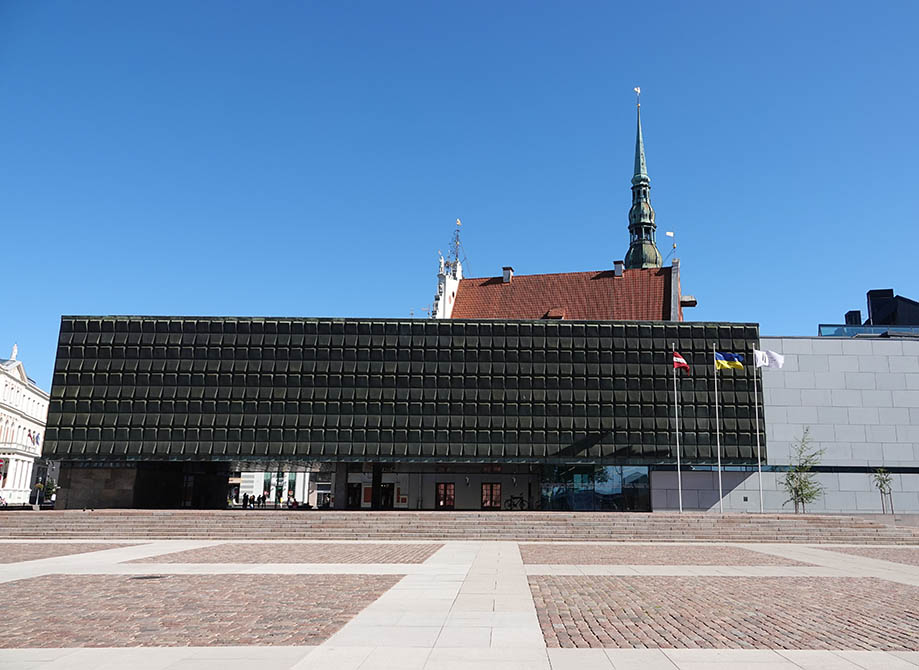
My Riga Reflections
Looking back, what struck me most about Riga was its layers. On one hand, it’s a city that wears its history proudly—castles, churches, cobblestones. On the other, it pulses with youth, creativity, and quiet innovation. It’s a place where old and new don’t clash—they coexist.
I never felt rushed here. Every sight led naturally to the next. Every bite of local food, every smile from a stranger, every quiet canal walk—it all felt like an invitation to connect.
Would I come back? Absolutely. Riga doesn’t scream for your attention—it earns it slowly, sweetly, and sincerely.
Tips for Your Own Riga Adventure
If you’re planning your own trip to Riga, here are a few things I learned along the way—some practical, some emotional, but all from the heart. This city isn’t about racing from sight to sight; it’s about the little moments, the quiet corners, and the way time seems to soften as you explore.
• Walk everywhere
Riga is one of those rare capitals where you can truly explore most of it on foot. The Old Town is entirely pedestrian-friendly, and even areas beyond, like the Art Nouveau district or the river promenade, are comfortably walkable. Good walking shoes are essential—think cobblestone streets, hidden alleyways, and plenty of scenic detours. You’ll find that walking is the best way to absorb the atmosphere and stumble upon local gems.
• Visit both the Old Town and the Art Nouveau district
These two neighborhoods feel like separate worlds, and I loved them both for very different reasons. The Old Town offers a fairytale charm, rich with medieval architecture and historical landmarks. In contrast, the Art Nouveau district, especially streets like Alberta iela, is elegant, expressive, and full of architectural surprises. Each tells a different story about Riga’s past and creative spirit.
• Try local food
One of my favorite ways to experience Riga was through its cuisine. Traditional dishes like grey peas with bacon may sound simple, but they’re hearty and full of character. I also fell in love with the rich, dark Latvian rye bread—often served warm and paired with cheeses or smoked meats. And don’t miss honey beer or birch sap drinks—they’re unlike anything you’ll taste elsewhere. Markets, small taverns, and family-run eateries are the best places to try authentic flavors.
• Take your time
Perhaps the most important tip of all. Riga is not a destination to rush. It invites you to slow down, to sit in a quiet park with a pastry, to get lost in a backstreet and find an unexpected courtyard café. Let yourself breathe here. Watch the light fall on the rooftops. Listen to the bells ringing from the churches. These are the experiences that linger.
I hope this guide helps you fall in love with Riga the way I did. Because once you walk through its storybook streets and sit by its peaceful river, a part of you will always remain.
